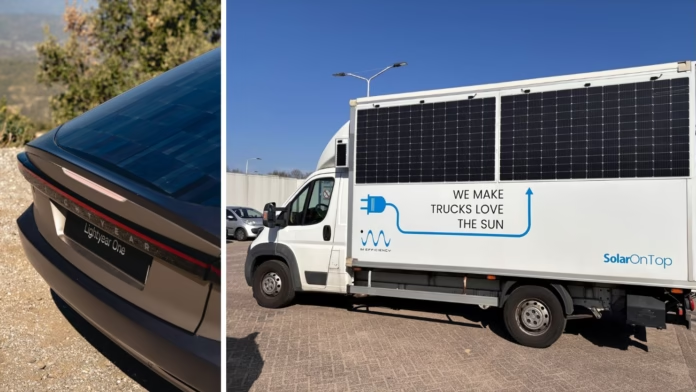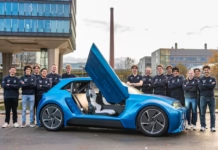The Rising Role of Solar Panels in Electric Vehicles
Solar energy has become a key player in accelerating the electrification of transport. Vehicle-integrated solar panels (VIPV) provide an innovative solution to extend electric vehicle (EV) range and reduce dependency on charging infrastructure. As the demand for clean mobility solutions increases, validating VIPV technology with real-world data is critical. Recent studies from renowned European research organizations provide groundbreaking insights into the practical benefits and challenges of solar panels mounted on vehicles.
Vehicle-Integrated Solar Panels on European Roads
A collaborative project by the Netherlands Organization for Applied Scientific Research (TNO), Fraunhofer ISE, and companies Lightyear, IM Efficiency, and Sono Motors collected data over nine months on 18 vehicles across Europe. These vehicles, including trucks, buses, delivery vans, and passenger cars, traveled more than 1 million kilometers equipped with rooftop and side-mounted solar sensors. Findings confirm that rooftop panels outperform side panels by capturing approximately twice the solar irradiance annually. This real-world validation aligns with previous models forecasting solar yield potentials for different vehicle surfaces.
Shading Challenges and Model Improvements
Shading emerges as a significant obstacle affecting the efficiency of solar panels on moving vehicles. Factors such as buildings, trees, and traffic cause shading that reduces energy generation. Accurate modeling incorporating satellite and meteorological data has been recommended to refine shading predictions. The research stresses the importance of using route-specific and user behavior data to improve system design and performance forecasts. These insights will help optimize VIPV technology deployment based on geographic and operational variables.
Energy Contribution and Case Studies on Electric Vehicle Applications
Predictive models were validated with data from key electric vehicles like the Lightyear 0, Ford E-transit, and Volvo electric trucks. The results demonstrate that vehicle-integrated solar panels can contribute up to 50% of an electric passenger car’s annual energy consumption in Southern Europe and around 35% in Central Europe. This significant energy contribution highlights VIPV’s potential to extend EV range and sustainability while easing recharge demands. However, more extensive seasonal data collection, especially during spring and summer, is underway to confirm these positive trends.
Expanding Research and Future Implications
The SolarMoves project plans to broaden data collection to Southern and Eastern Europe by summer 2025 to enhance geographic and seasonal understanding. The final report, expected in 2026, will offer detailed recommendations for optimizing VIPV across vehicle types and regions. This ongoing research emphasizes the growing practicality and advantage of integrating solar panels into electric vehicles, supporting the broader goal of reducing carbon emissions and advancing green mobility.







